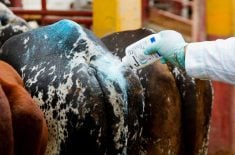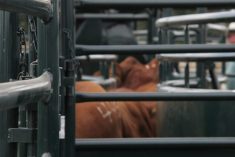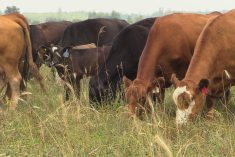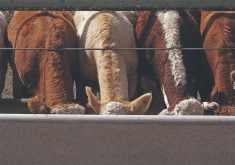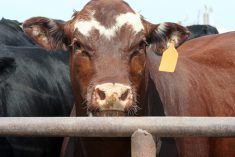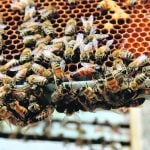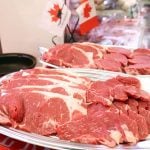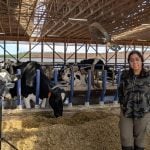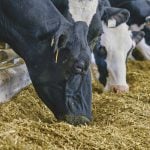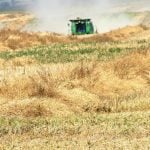Feeder cattle prices in Western Canada were $1 to $3 higher this past week for calves weighing less than 700 pounds. Prices were slightly softer for heavier feeders in Saskatchewan and Manitoba, while regular demand in Alberta kept prices firm.
Available feeder cattle numbers are dwindling and this upcoming week will be very slow, with Canadian and U.S. national holidays. Many auction markets have cancelled sales this week, limiting market activity and order buyers are looking forward to the first family holiday of the summer. Crowds will be small and cow-calf producers should not even think of selling, given the limited buying interest. Feedlots in Southern Alberta continue to deal with adverse pen conditions and margins are now in negative territory, with fed cattle dipping under $85/cwt.
Read Also
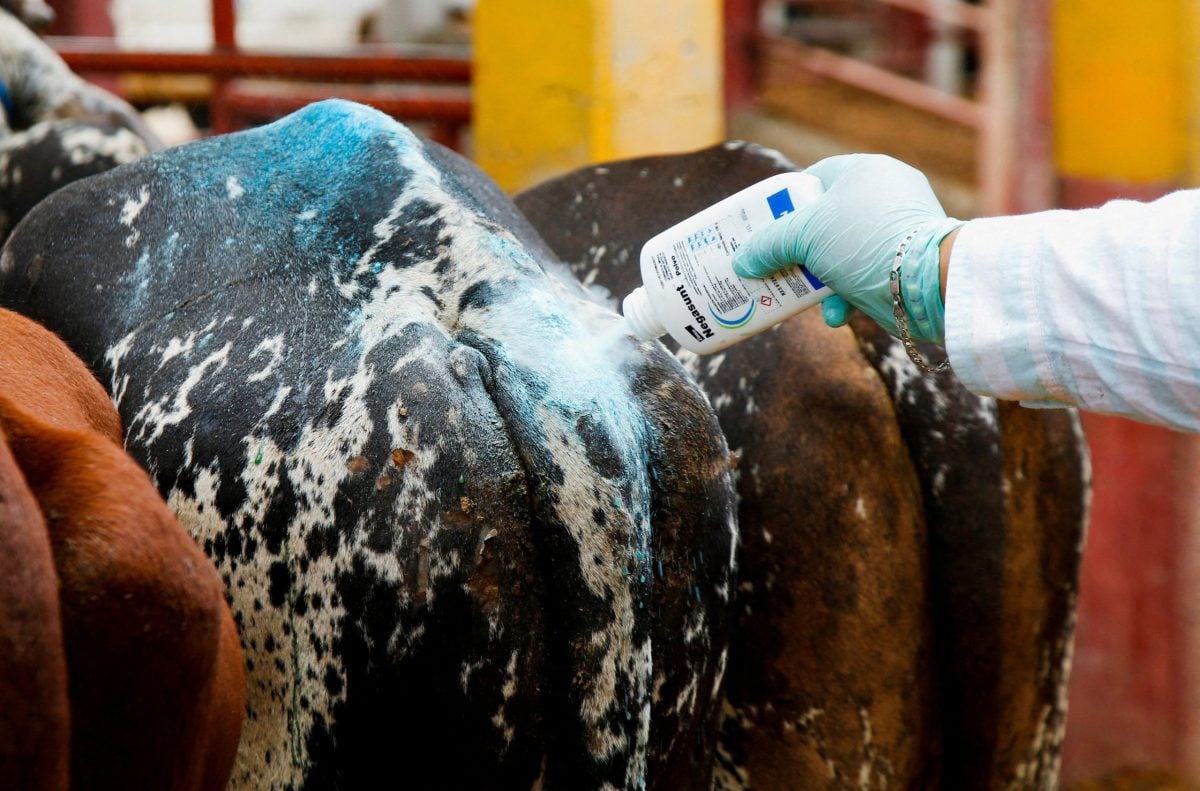
Mexico agriculture secretary says still no date for restarting cattle exports to U.S.
Mexican Agriculture Minister Julio Berdegue said on Wednesday that Mexico and the United States have not yet set a date to resume Mexican cattle exports amid an outbreak of the flesh-eating screwworm parasite.
Feeder cattle prices are expected to stay flat throughout the summer. July is a very quiet period and feedlots generally wait for the yearling run to start in August before making significant purchases.
Feedgrain prices are expected to grind lower, which will help out the margin structure, but fed cattle will have limited upside, given the current demand situation.
Lower unemployment levels equals higher disposable income, resulting in stronger beef demand. The U.S. economy has reached a plateau for the time being and further expansion appears to be on hold, limiting hiring activity. GDP numbers are coming in lower than anticipated, resulting in lower corporate profits, and the news doesn’t look too favourable for the third quarter.
While beef production will be down from last year, I don’t see a significant improvement in overall beef consumption. Feedlots remember the past two fall periods, which were financial disasters, and I’m expecting a little more caution when purchasing replacement cattle.
— Jerry Klassen is a commodity market analyst in Winnipeg and maintains an interest in the family feedlot in southern Alberta. He writes an in-depth biweekly commentary, Canadian Feedlot and Cattle Market Analysis, for feedlot operators in Canada. He can be reached by email at [email protected] or 204-287-8268 for questions or comments.
The material contained herein is for information purposes only and is not to be construed as an offer for the sale or purchase of securities, options and/or futures or futures options contracts. While the information in this publication cannot be guaranteed, it was obtained from sources believed to be reliable. The risk of loss in futures trading can be substantial. The article is an opinion only and may not be accurate about market direction in the future. Do not use this information to make buying or selling decision because adverse consequences may occur. This information may be wrong and may not be correct about current market conditions in all areas of Canada. This is an opinion only and not based on verified facts.



